Echoes of 63,000 years: The journey of Iran’s Khorramabad Valley to UNESCO World Heritage List
In another significant cultural milestone for Iran, the prehistoric sites of Khorramabad Valley in western Iran were officially inscribed on the UNESCO World Heritage List during the 47th session of the UNESCO World Heritage Committee in Paris on Friday.
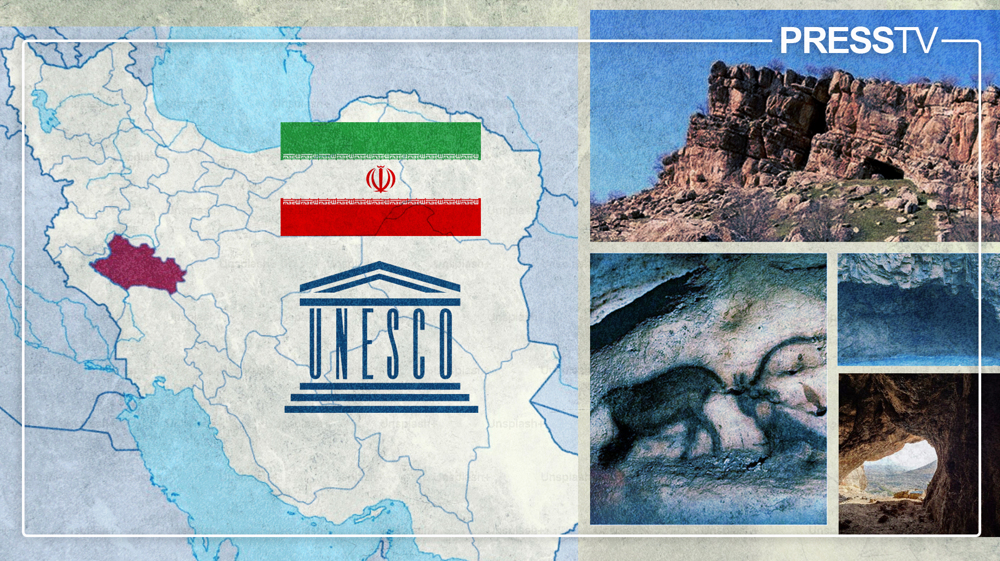
This recognition marks Iran’s 29th site to receive the prestigious UNESCO designation.
Nestled within the vast cultural landscape of the central Zagros Mountains, these valleys chronicle an uninterrupted human presence and rich historical legacy, spanning from the ancient depths of the Paleolithic era to the dawn of the Iron Age.
The area proposed to UNESCO, known as “Khorramabad Valley,” covers a region stretching from Tang-e Shabikhun and Kaldar Cave in the north to Kanjeh Cave in the south, and Yafteh Cave in the west.
The core zone encompasses 414 hectares, with a buffer zone extending over 7,000 hectares.
Now, the rich tapestry of prehistoric caves in Khorramabad Valley, including Kaldar, Yafteh, Kunji, Gilvaran, Qamari, and the rock shelter of Ger Arjeneh, is proudly inscribed on UNESCO’s prestigious global list.
Archaeological evidence from these caves reveals an invaluable narrative of the continuous coexistence of Neanderthals and modern humans throughout various Paleolithic periods, dating back more than 63,000 years.
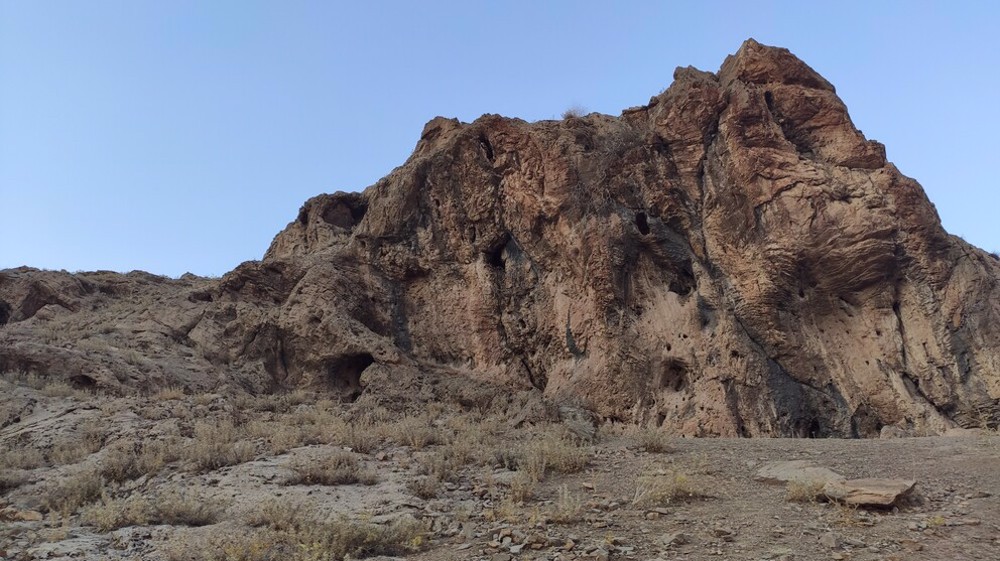
This momentous UNESCO inscription brings not only international acclaim to Iran’s cultural heritage but also presents a strategic opportunity for Lorestan Province in western Iran.
Experts say it offers a chance to showcase the region’s historical identity, cultivate sustainable tourism, attract cultural investments, and generate significant employment opportunities in handicrafts, services, and archaeological research.
Seyyed Reza Salehi Amiri, Minister of Cultural Heritage, Tourism, and Handicrafts, hailed the accomplishment as “Iran’s return to the global narrative of civilization.”
“This World Heritage inscription is not merely a symbolic victory; it is Iran’s clear declaration to the world that our voice in global dialogue is rooted in culture, diplomacy, and history,” he said.
“Carbon dating tests and internationally recognized documentation verify that the sites in Khorramabad Valley boast a human habitation history of over 63,000 years—an unmatched statistic for a single human settlement in any other country,” he added, referring to the scientific importance of the UNESCO inscription.
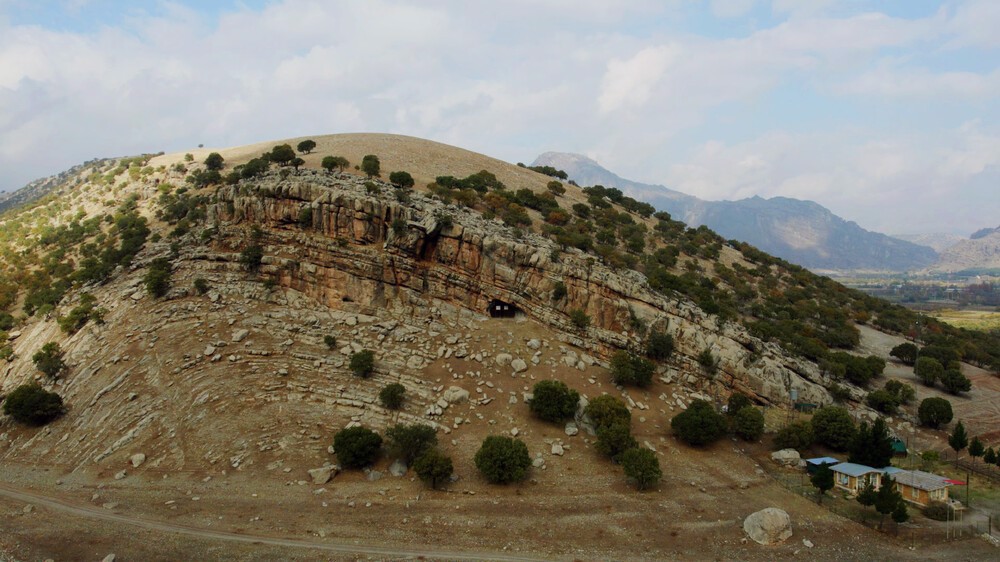
The minister framed the achievement as a cultural response to the enemy’s Iranophobia project.
“At a time when our region is consumed by war and violence, the Iranian nation advances with the language of culture. The inscription of Khorramabad underscores that we are a people built upon stone, earth, peace, and wisdom -- not violence and dominance.”
While the dossier included Falak-ol-Aflak Fortress and the Broken Bridge, these sites were not inscribed in this round of UNESCO evaluations, despite Iran’s proposal.
However, Salehi Amiri confirmed that once the necessary documentation is complete, Falak-ol-Aflak Fortress will also be submitted for World Heritage registration.
The fortress, which has safeguarded the history, security, and identity of Lorestan province for centuries, is poised to reemerge on the international stage as part of global human heritage.
Ata Hassanpour, Lorestan’s Cultural Heritage Director-General, noted that UNESCO’s advisory body, ICOMOS, has acknowledged the prehistoric significance of the valley while leaving open the likelihood of including Falak-ol-Aflak Fortress in the future.
ICOMOS noted that the fortress, part of the Falak-ol-Aflak Mound, has yet to be fully explored, and if further research uncovers substantial evidence from the Upper Paleolithic period, it could be added to the heritage ensemble.
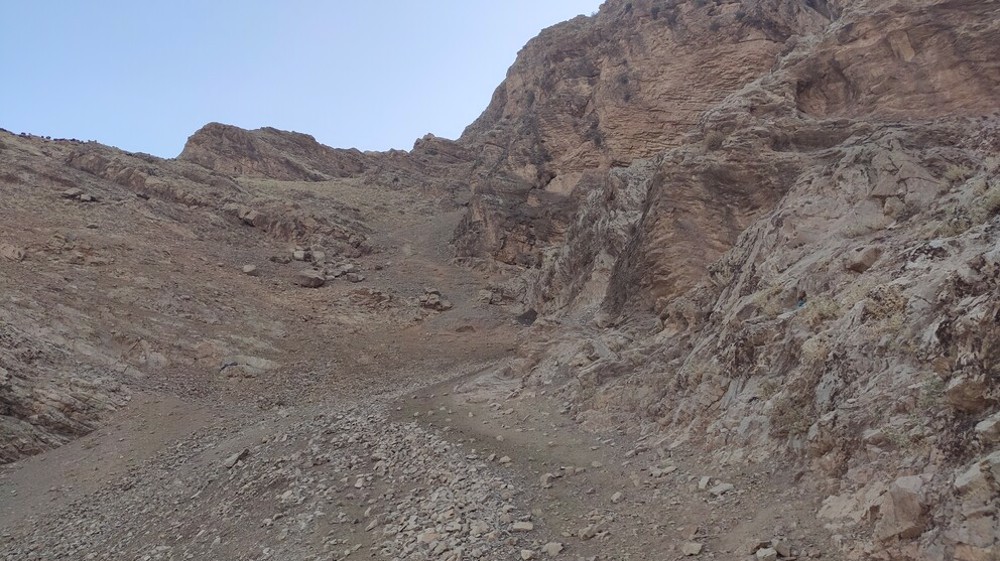
Why world heritage registration matters?
The global registration of a heritage site elevates its status on the international stage, allowing the world community to recognize its value as a significant legacy, Hassanpour told the Press TV Website.
“When a site is inscribed on the World Heritage List, its universal values are acknowledged, affirmed, and respected by the international community. This formal recognition emphasizes the global importance of the site and brings with it a sense of shared responsibility for its preservation,” he noted.
According to Hassanpour, the registration also improves protection standards.
In the aftermath of the destruction caused by World War II, a treaty was established to protect cultural and natural heritage, emphasizing its universal value and prioritizing its preservation, the provincial heritage director explained.
Countries that are parties to the Convention Concerning the Protection of the World Cultural and Natural Heritage can request assistance for training specialized personnel in conservation and preservation, he added.
“World Heritage registration also ensures that the protection of the site is carried out within a framework of international legal standards. As a result, such registration contributes to the preservation of the site for future generations and shields it from potential damage or destruction.”
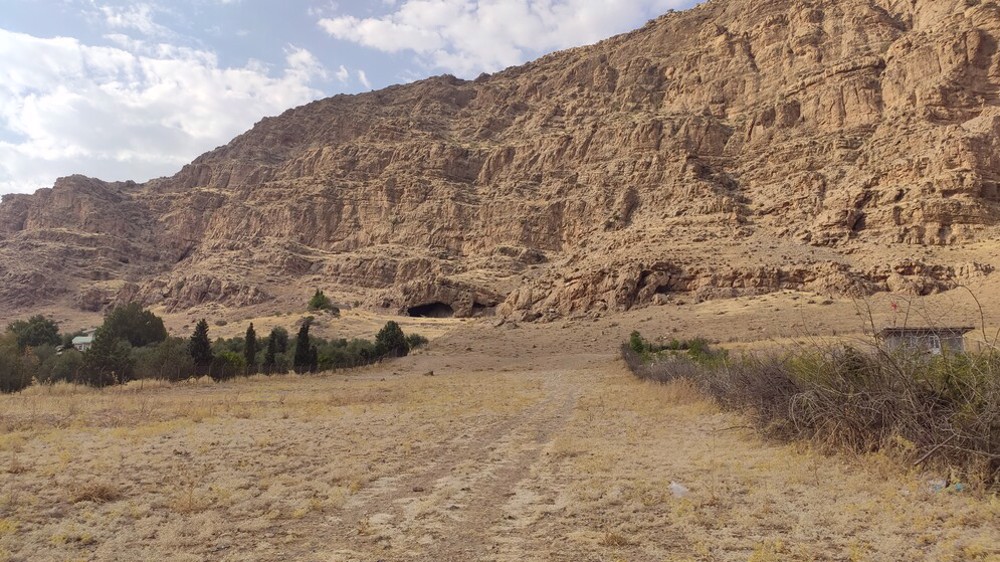
The inclusion of a site on the World Heritage List, Hassanpour states, can significantly increase tourist visits, especially among heritage-seeking international travelers.
“This is particularly important for developing regions and countries, as it can become a source of relatively sustainable income and job creation.”
He also pointed out that the registration can revitalize handicrafts and create economic opportunities.
“World Heritage registration can stimulate the development of traditional handicrafts by promoting their sale and, in turn, encouraging the expansion of artisanal workshops in areas surrounding World Heritage sites. This can play a significant role in local economic development.”
Furthermore, the global recognition of a heritage site can instill pride among citizens and reinforce national identity, Hassanpour said.
“Seeing a piece of their culture acknowledged by the world can enhance collective self-esteem and cultural cohesion. World Heritage registration also opens the door for cultural exchange and international cooperation in fields such as research, preservation, and restoration," he noted.
"These collaborative efforts can lead to strengthened diplomatic relations among nations through shared cultural engagement and mutual understanding.”
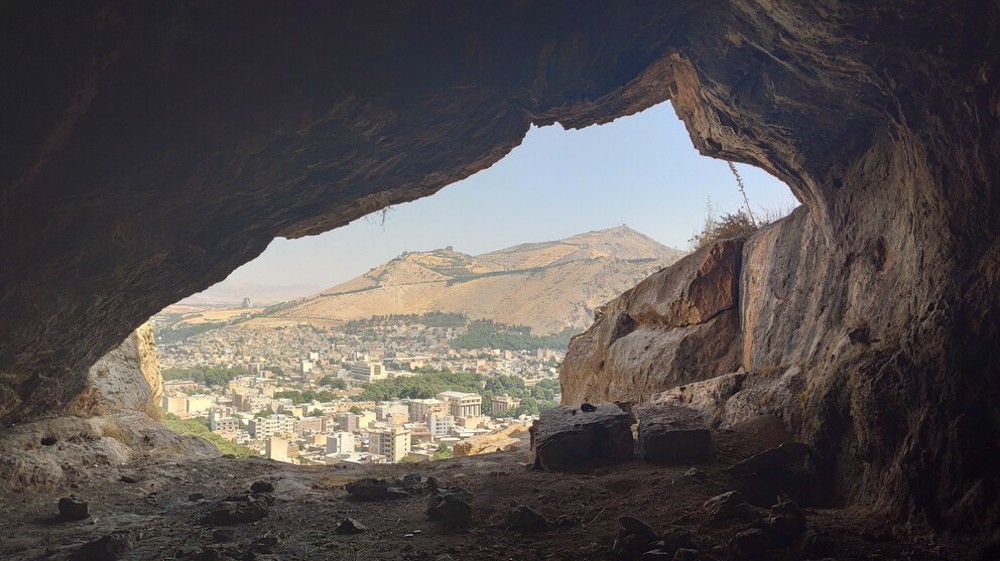
What role did locals and NGOs play?
In the case of this World Heritage registration, several non-governmental organizations in both environmental and cultural heritage sectors became involved, the official told the Press TV website.
“They played a crucial role in cleaning and organizing the caves and nearby rivers. These NGOs participated extensively and supported our efforts, especially through public engagement campaigns and community mobilization," he remarked.
“This collaborative approach became one of the strengths of our nomination file. Their active involvement was a key factor both in the inscription process and in the broader context of preserving these invaluable cultural resources.”
In addition to this, he noted, the local communities have been thoroughly trained in preservation efforts and now view these caves as national treasures and are deeply committed to their protection.
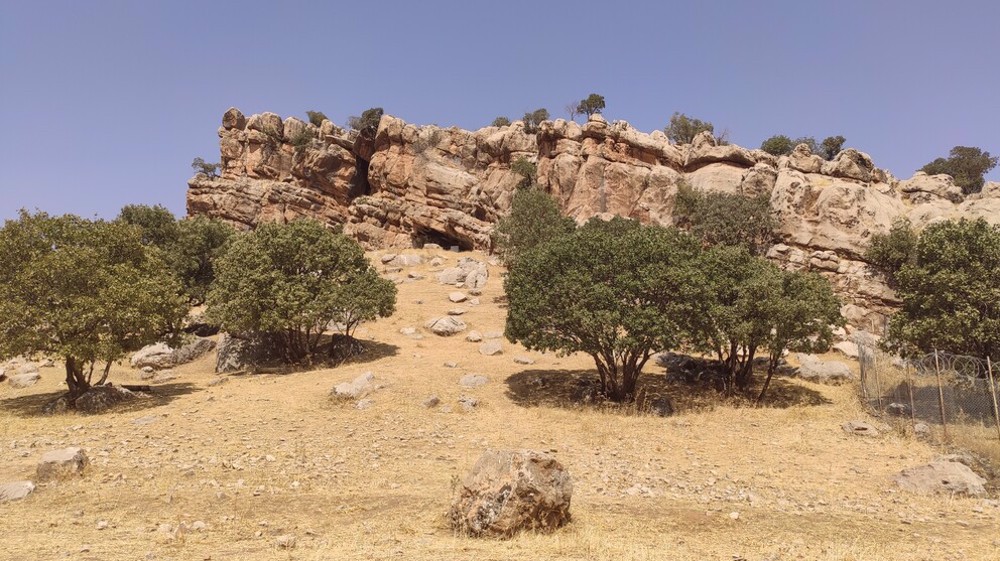
Iran’s diverse UNESCO treasures
Before the inscription of Khorramabad Valley, Iran had 28 sites on the UNESCO World Heritage List, scattered across various regions of the country.
These include ancient cities and monumental complexes like Persepolis and Pasargadae near Shiraz, Naqsh-e Jahan Square and the Jameh Mosque in Isfahan, and the Golestan Palace in Tehran.
The Burnt City (Shahr-e Sukhteh) lies in Sistan and Baluchestan in the southeast, while the Cultural Landscape of Maymand is in Kerman Province.
In the west, Kermanshah is home to the Bisotun Inscription, and Hamadan hosts Hegmataneh, an ancient Median capital.
Other sites are scattered throughout the country: Chogha Zanbil is located in Khuzestan, Soltaniyeh Dome in Zanjan, and the Armenian Monastic Ensembles in East and West Azerbaijan.
Shushtar’s Hydraulic System and Shush (Susa) are in the southwest, while the Hyrcanian Forests stretch along the Caspian Sea coast.
Yazd is known for its historic desert architecture, and Tabriz in the northwest for its grand bazaar. Lorestan’s Uramanat, the Sassanid sites in Fars, the Trans-Iranian Railway, and ancient caravanserais reflect Iran’s historical significance as a crossroads of civilizations.



Write your comment.